Affiliate links on Android Authority may earn us a commission. Learn more.
ZTE Axon M hands-on: the most unique device this year
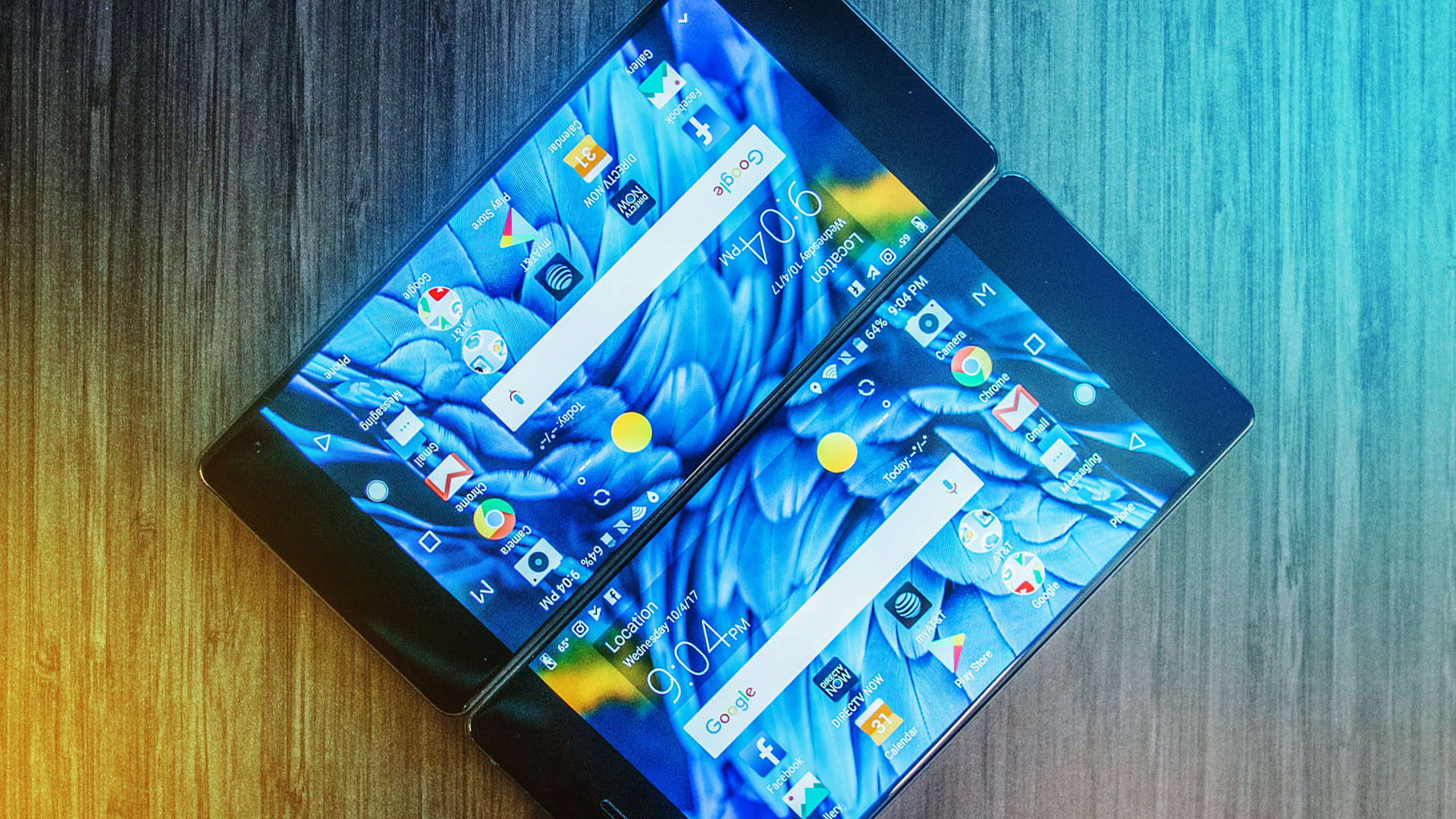
While foldable smartphones aren’t a totally new thing, a company has yet to bring bring one past the concept phase. With the ZTE Axon M, that’s all changed. This foldable phone stands out from the crowd, coming equipped with two touch screens. But is the time right for foldable smartphones? Is this the next must-have offering, or just another gimmick? We got recently got our hands on one, so let’s take a closer look.
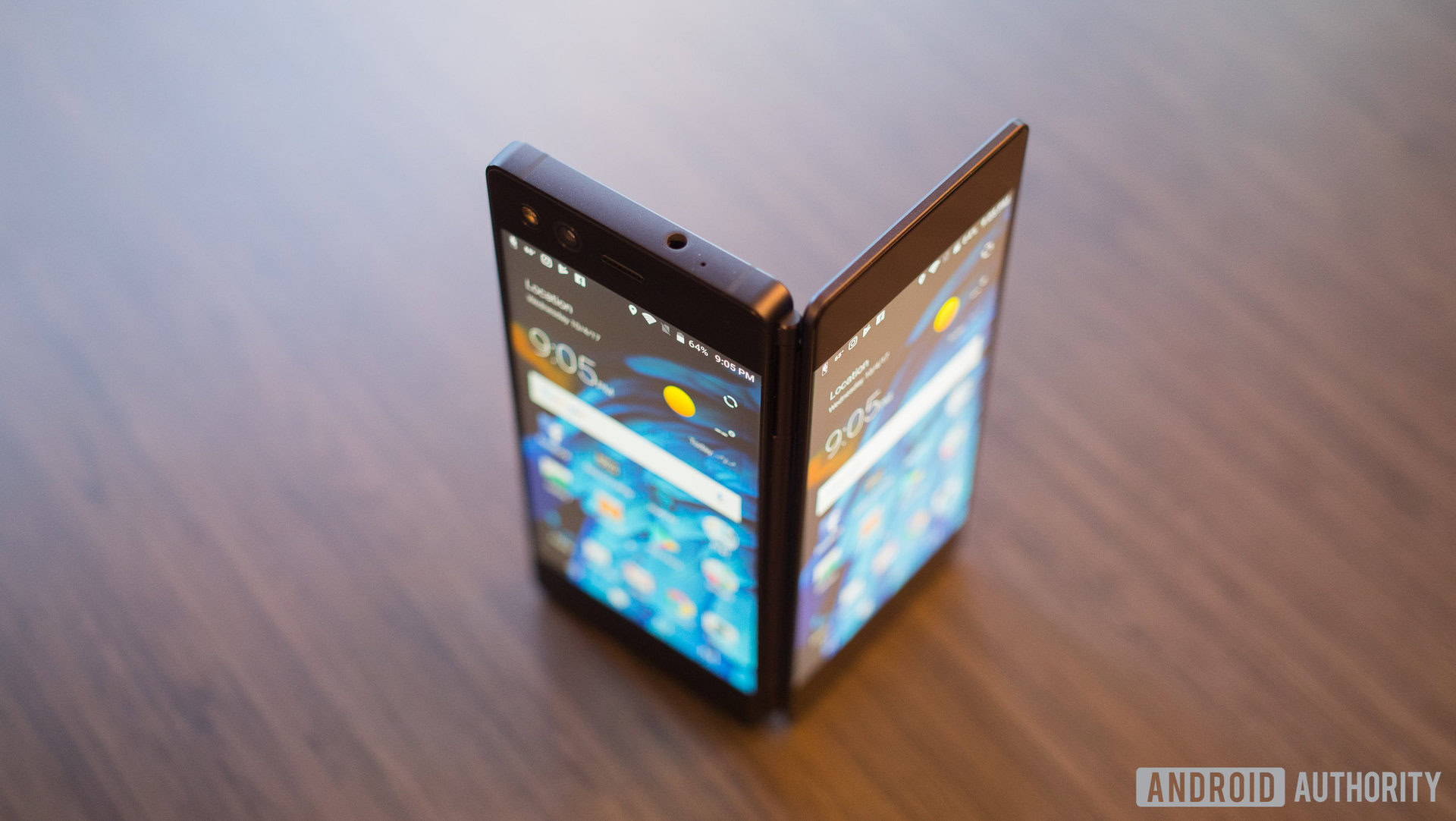
Unlike a lot of other foldable concepts, the Axon M does not have a foldable display. Instead it uses a hinge system to connect two displays. When folded, the secondary display acts as the rear of the phone. When unfolded open, the hinge joins both displays together so you can have a much larger screen.
Measuring just over 12 mm thick, it’s definitely one of the thickest smartphones on the market
Both screens are LCD panels measuring 5.2-inches and offering 1080p Full HD resolution. Together they combine to form a screen that measures 6.8-inches diagonally and offers 1920 x 2160 pixels resolution.
Having two screens in this unique concept brings challenges, too. Measuring just over 12 mm thick, it’s definitely one of the thickest smartphones on the market and it feels a little awkward. It’s not uncomfortable to hold per se, but it definitely takes adjusting to, as it feels very different to any other smartphone out there.
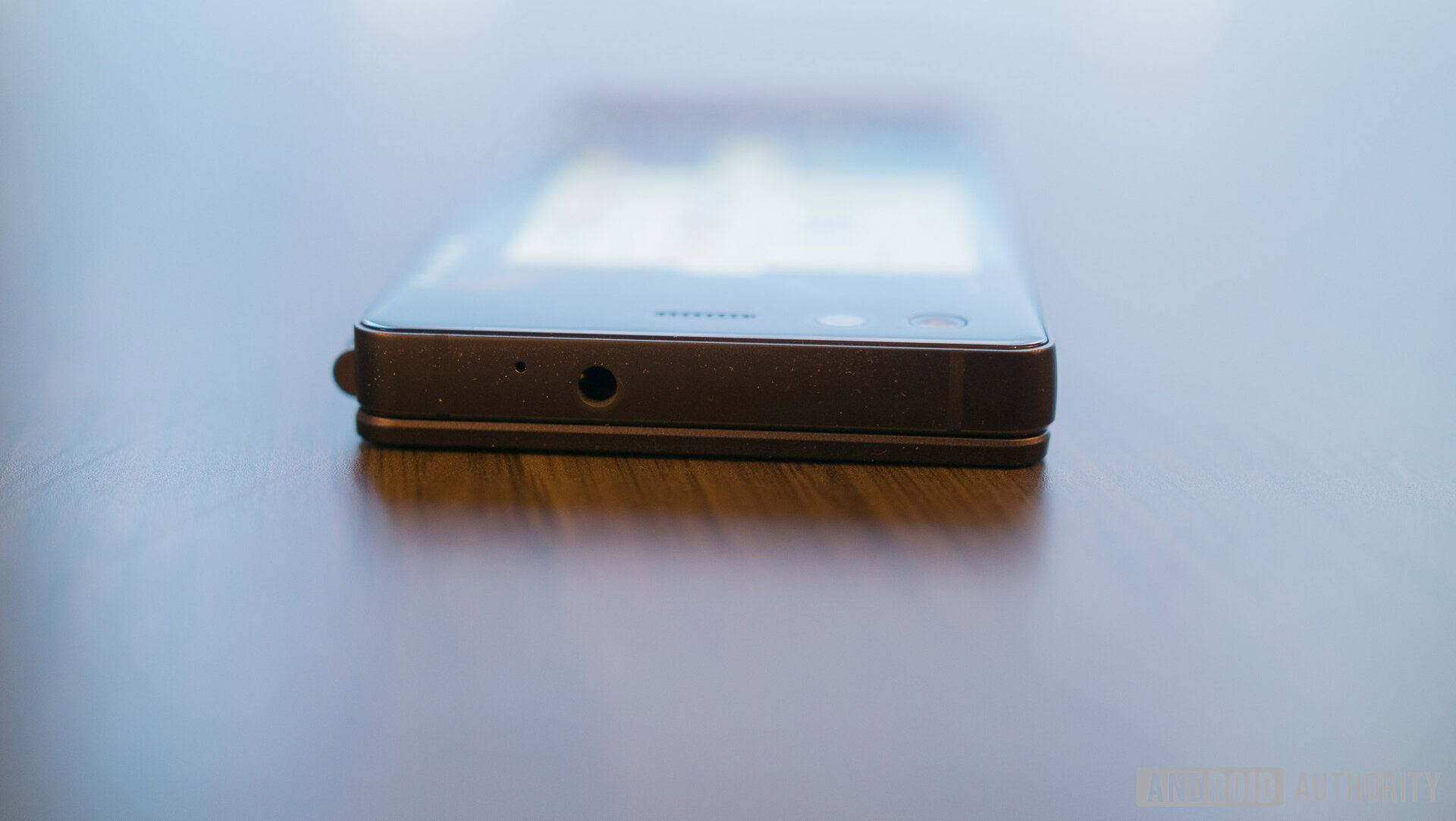
Inside, the Axon M is powered by a Snapdragon 821 processor with 4 GB of RAM. Some may ask why ZTE didn’t go for the latest Snapdragon 835. While the company didn’t give us a concrete answer, It’s likely due to how long the Axon M has been in development. We’ve heard that ZTE has been working on this device for about a year now, and when they started, the Snapdragon 821 was the latest Qualcomm chipset on the market.
Read more: ZTE Axon M specs
Of course, the Snapdragon 821 is powerful enough as it’s less than a year old so we don’t think performance will prove to be an issue. It comes with 64 GB of storage that can be expanded by up to 2 TB using a microSD card (though the box will state it’s expandable up to 256 GB). The Axon M bucks some of the latest flagship trends, including a 3.5 mm headphone jack and opting to not get an IP67 dust and water resistance. This is more than likely due to the foldable nature although ZTE didn’t confirm their exact reasoning behind this decision, either.
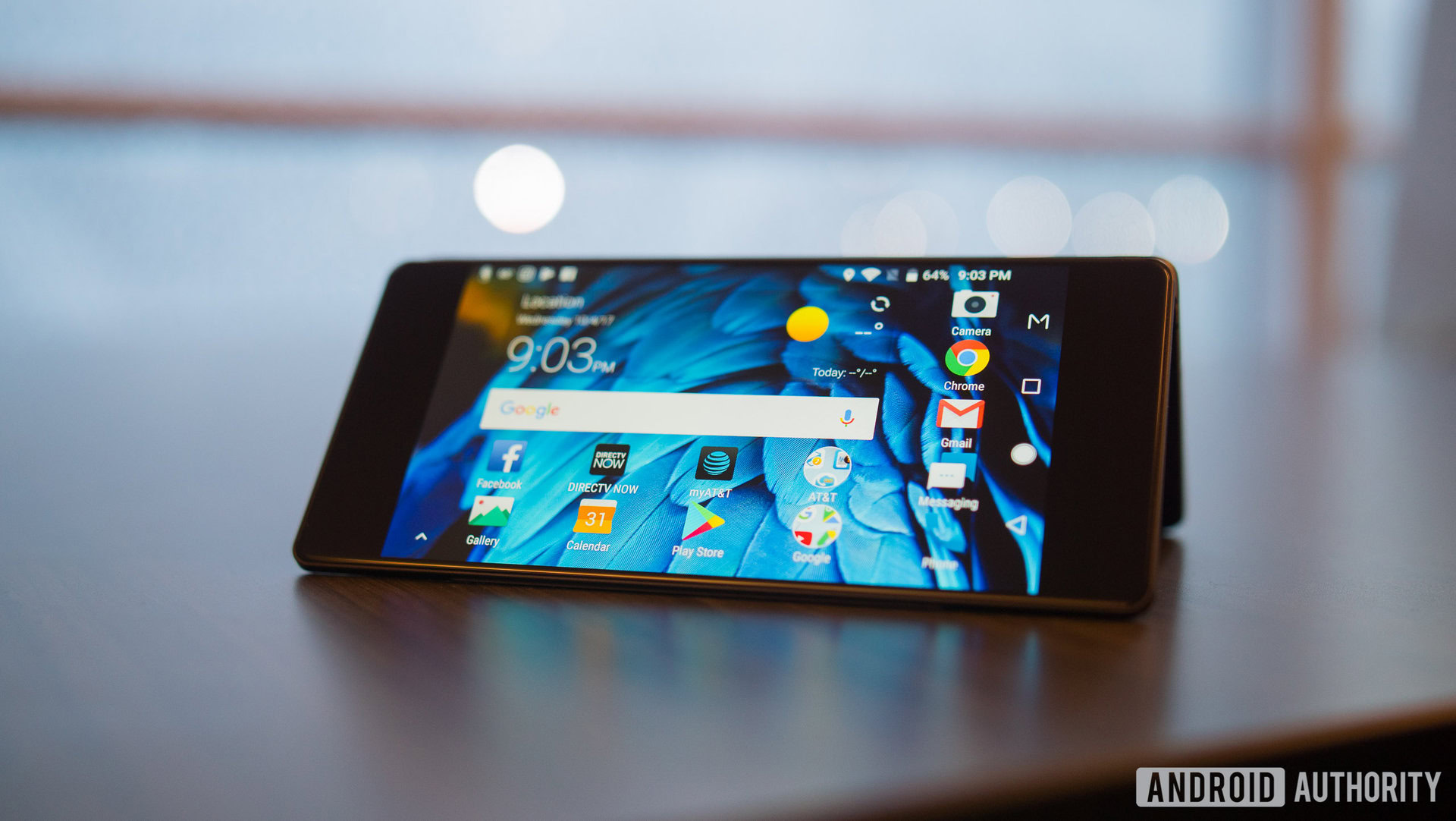
Like Sony flagships such as the Xperia XZ1, the Axon M embeds its fingerprint sensor in the power button on the side of the phone. The entire package is powered by a 3,180 mAh battery which may seem a little on the small side – for a phone with two screens at least – but ZTE says its tweaks will ensure all-day battery life.
These tweaks are to the core Android Nougat experience, which has a few customizations but mostly feels like stock Android. It’s unclear when the Axon M will get Android Oreo but given the company is committed to its new Axon M range (and is planning a follow up), we’d venture a guess that it’ll be sooner rather than later.
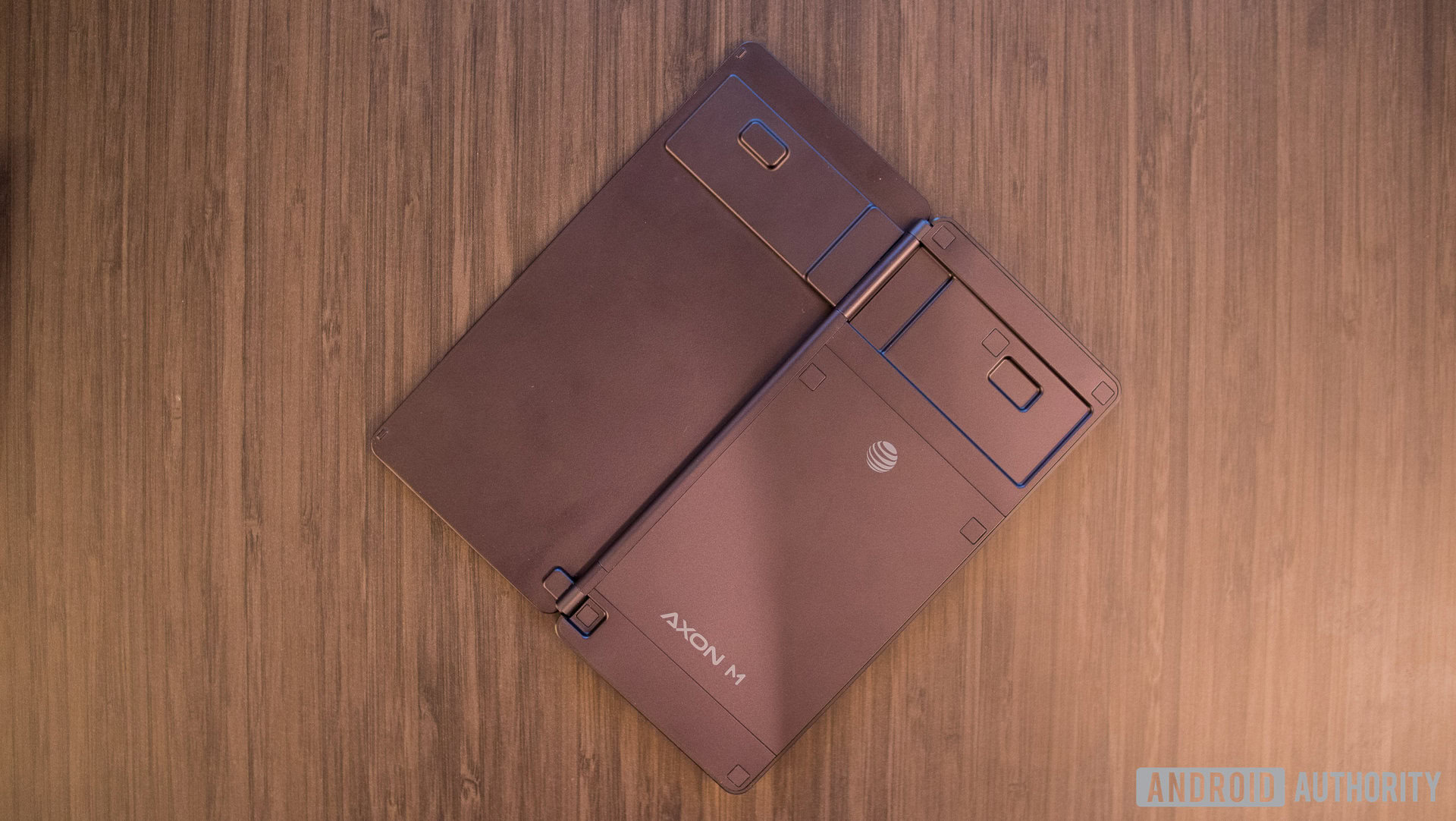
There are plenty of possibilities for a dual-screen smartphone, so what has ZTE done to make the most of this unique form factor? You combine both screens to form one much larger screen, which may be perfect for times when you just need more screen real estate, like browsing the web or using social media.
Watching movies on the extended screen feels a little awkward given the hinge and the borders on both screens, but it seems like a pretty easy adjustment to make. The biggest benefit of the dual screen is when typing horizontally; the keyboard fills most of the bottom screen and gives you a whole screen of content, and then some.
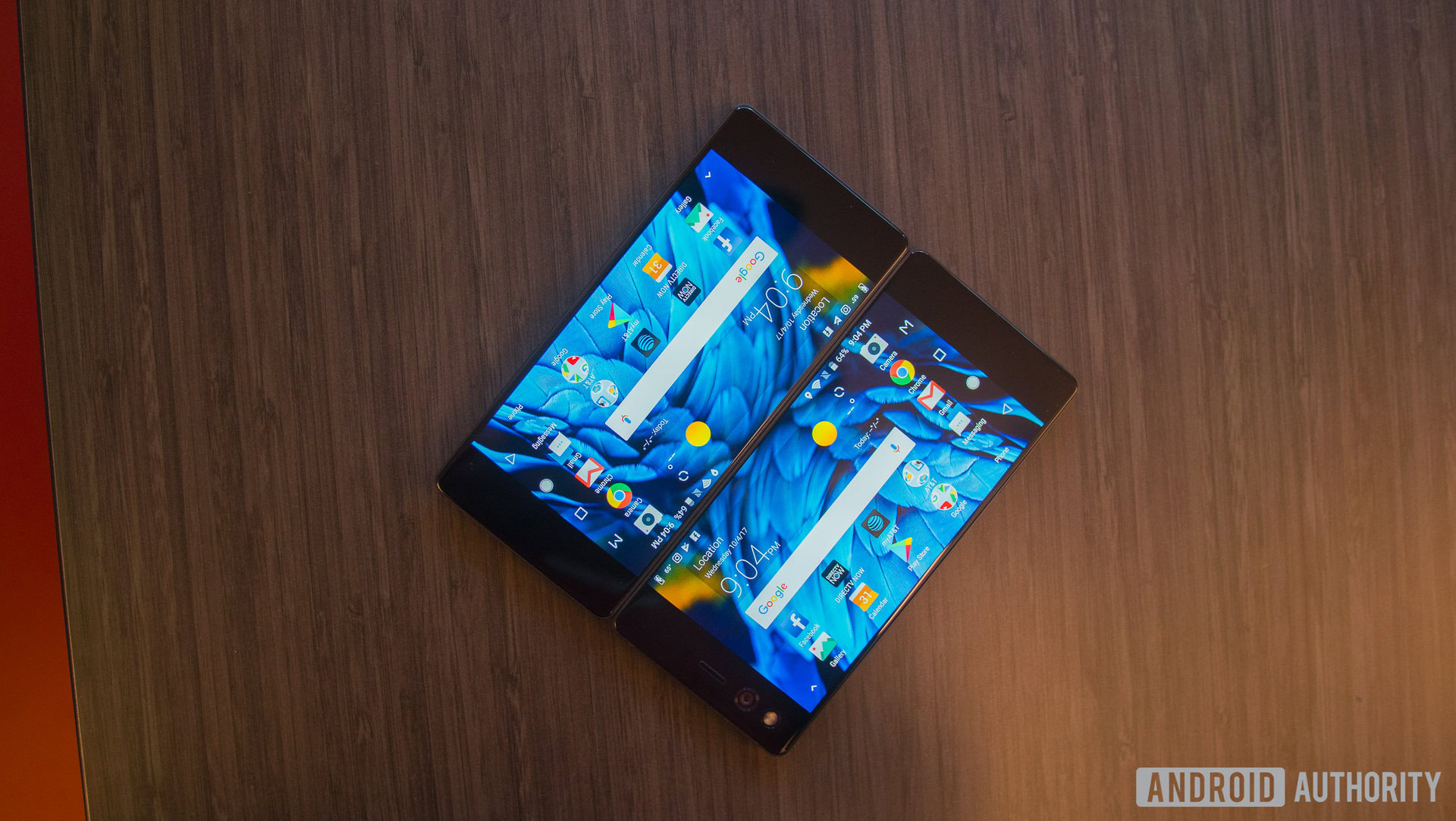
You can also just use the Axon M as a regular phone with one display, and when you use this mode, the second screen turns off to preserve battery life. We asked ZTE if they would be willing to add an option to turn the second screen on for those who want it. They said the feature may come in a future update, but for now it’s not an option.
Both screens can run independently of each other, which is great for multitasking.
There’s also a great mirroring option which allows you to show the exact same content on both displays. As the phone is foldable, you can put the phone in a tent position and then share the same content with your friends and family, without needing everyone to huddle around the phone. This could be quite useful for sharing a movie with friends or family when on a train or somewhere where you’re sat opposite each other, allowing both sides to have a great viewing experience.
Both screens can run independently of each other, which is great for multitasking. This also provides great benefits for multiplayer gaming with games such as chess, battleship and others all available and optimized for running on both screens at once. If you often play a friend, colleague, or family member on a multiplayer smartphone game and are tired of constantly having to pass the phone, the Axon M could be the solution to your problem.
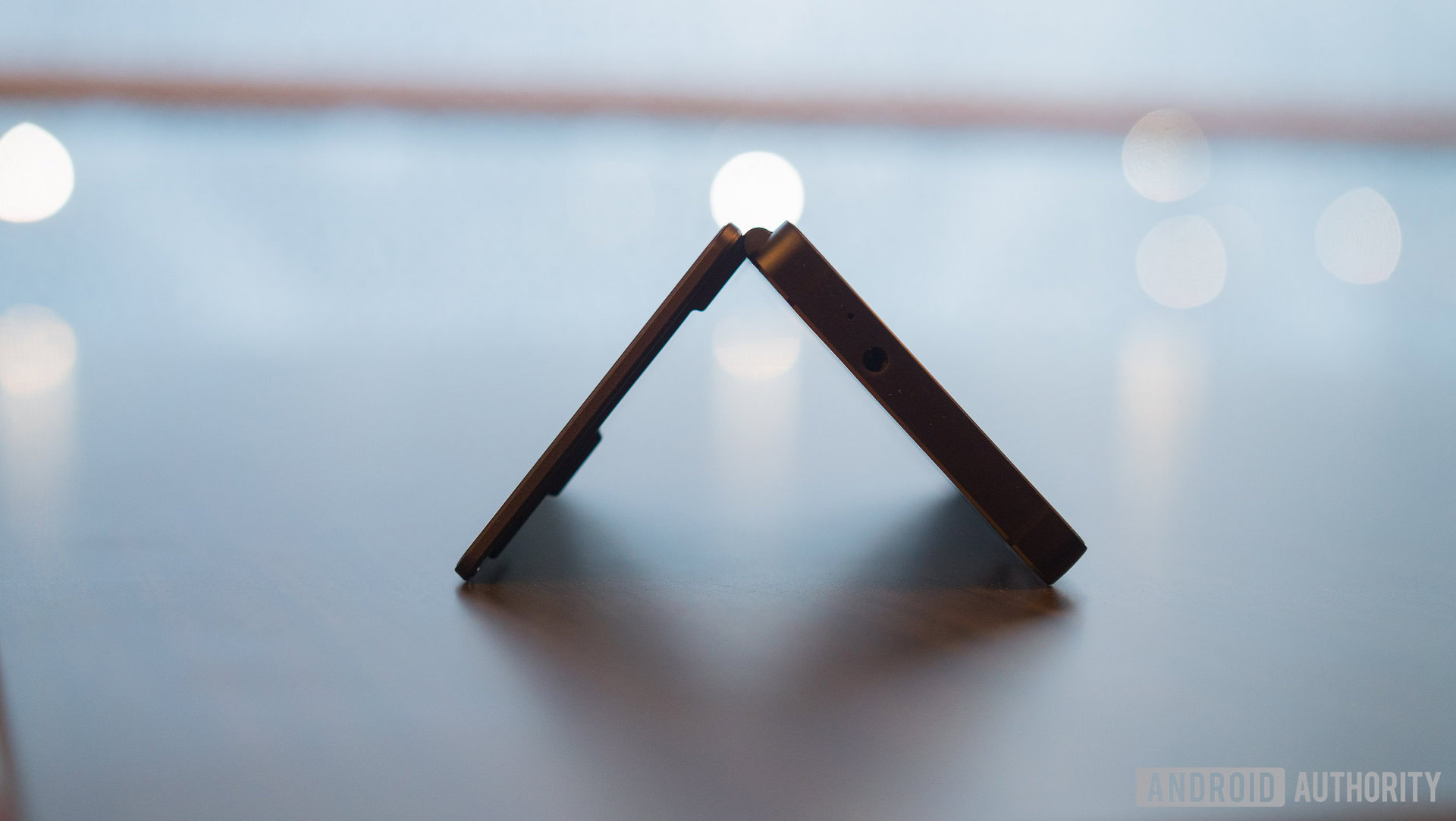
Any new form factor brings with it challenges regarding apps and the Axon M is no different. How do apps scale when you’re using it as one large screen? Most apps scale perfectly fine. It’s going to be up to the developers of those that don’t to update accordingly. ZTE has software built in to force apps to scale to the larger screen if they don’t do it on their own. Two screens have many potential uses but the success of such a form factor will rely on developer support. It remains to be seen how many developers will get on board.
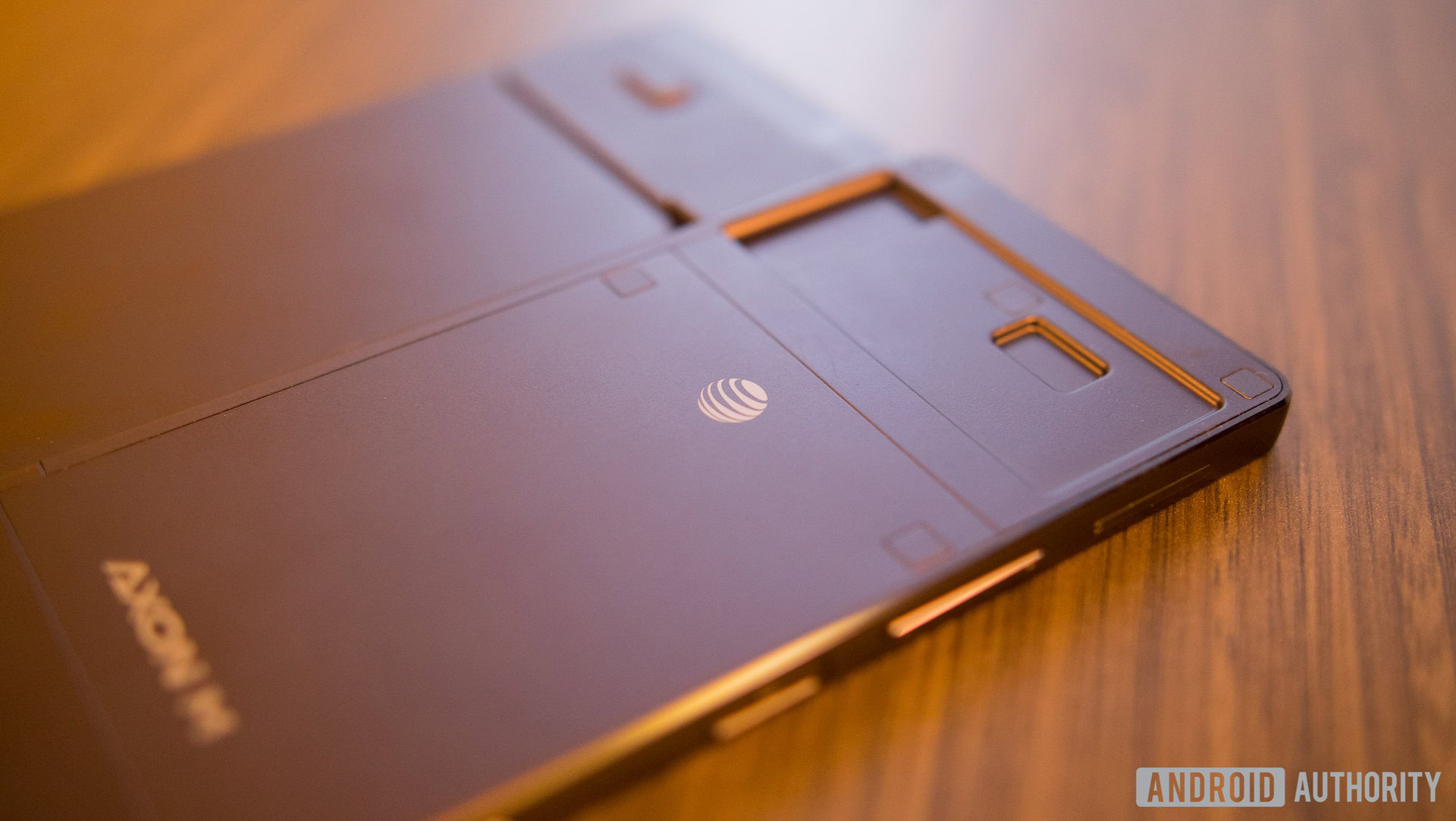
The Axon M takes a slightly different approach to its camera. The second screen negates the need for a front facing camera. Instead, the phone sports a single camera with a 20 MP sensor and an f/1.8 aperture which you can use as either the front or rear camera. When using it as a rear camera, the phone enables the screen on the opposite side of the camera as the viewfinder. When using it for selfies, it uses the display that’s on the same side of the camera.
It might seem a little awkward but it actually works really well and we found no issues with switching, or enabling the correct display. It’s definitely a very different experience to traditional smartphones but it seems like a very capable shooter and it should mean you can take great pictures or selfies in every condition.
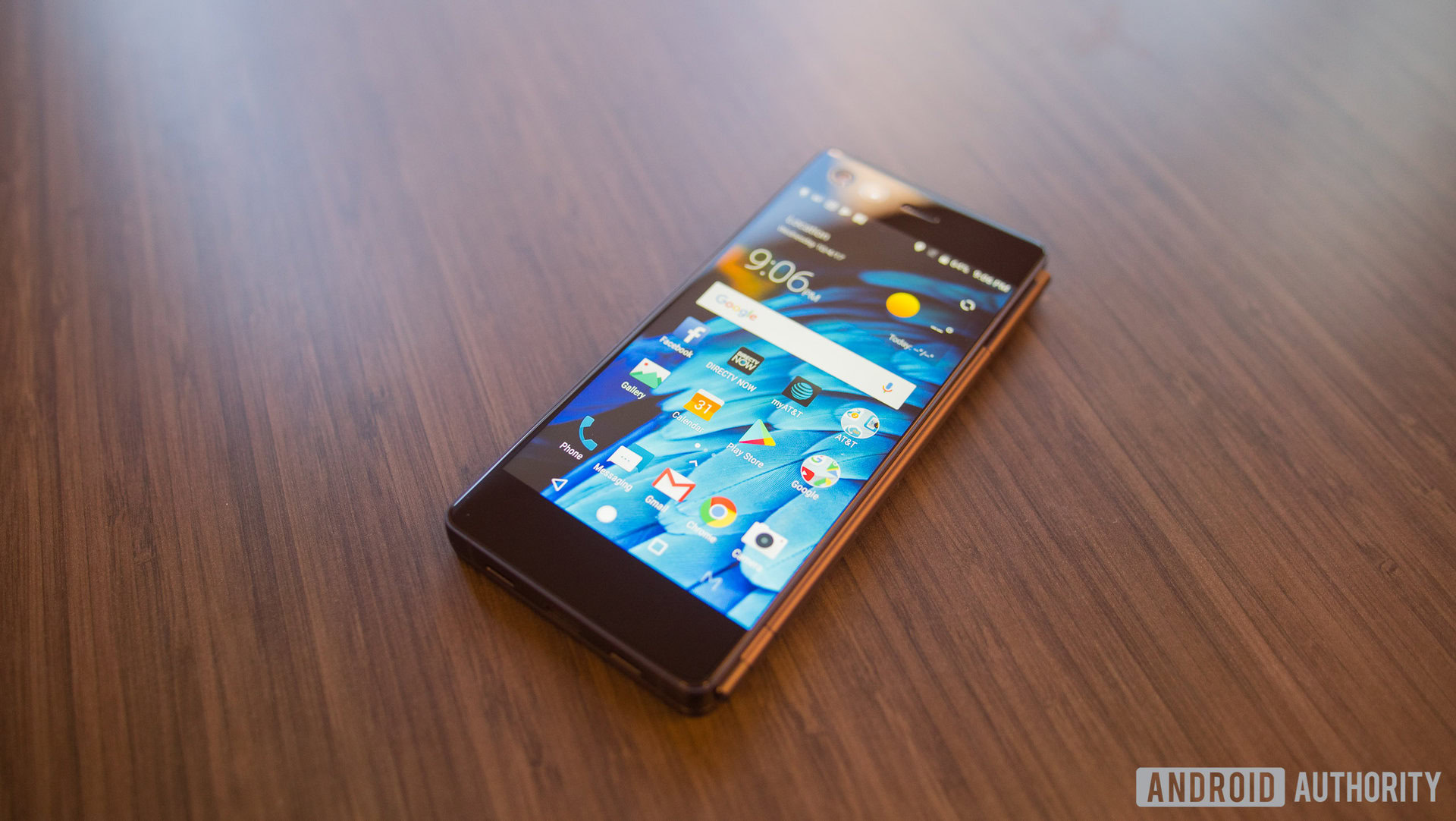
We’ve seen a lot of interesting smartphones in 2017, but the Axon M stands out as the most unique device this year, and arguably in the past few years, too. There’s no doubt the Axon M is going to catch your attention, but do you think it offers enough? What do you think of ZTE’s latest attempt at being different? Do you need two screens? Are foldable displays the next big trend or nothing more than a clever gimmick like 3D cameras?
Let us know your views in the comments below!
[aa_content_ad aa_single_ad_type=”single_mobile” aa_single_ad_pos=”center” ][/aa_content_ad]